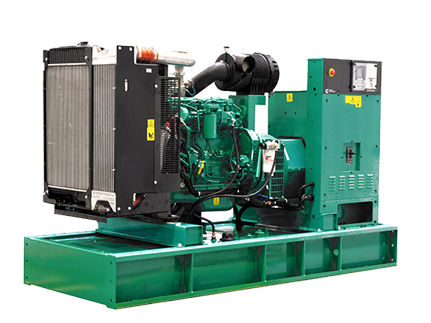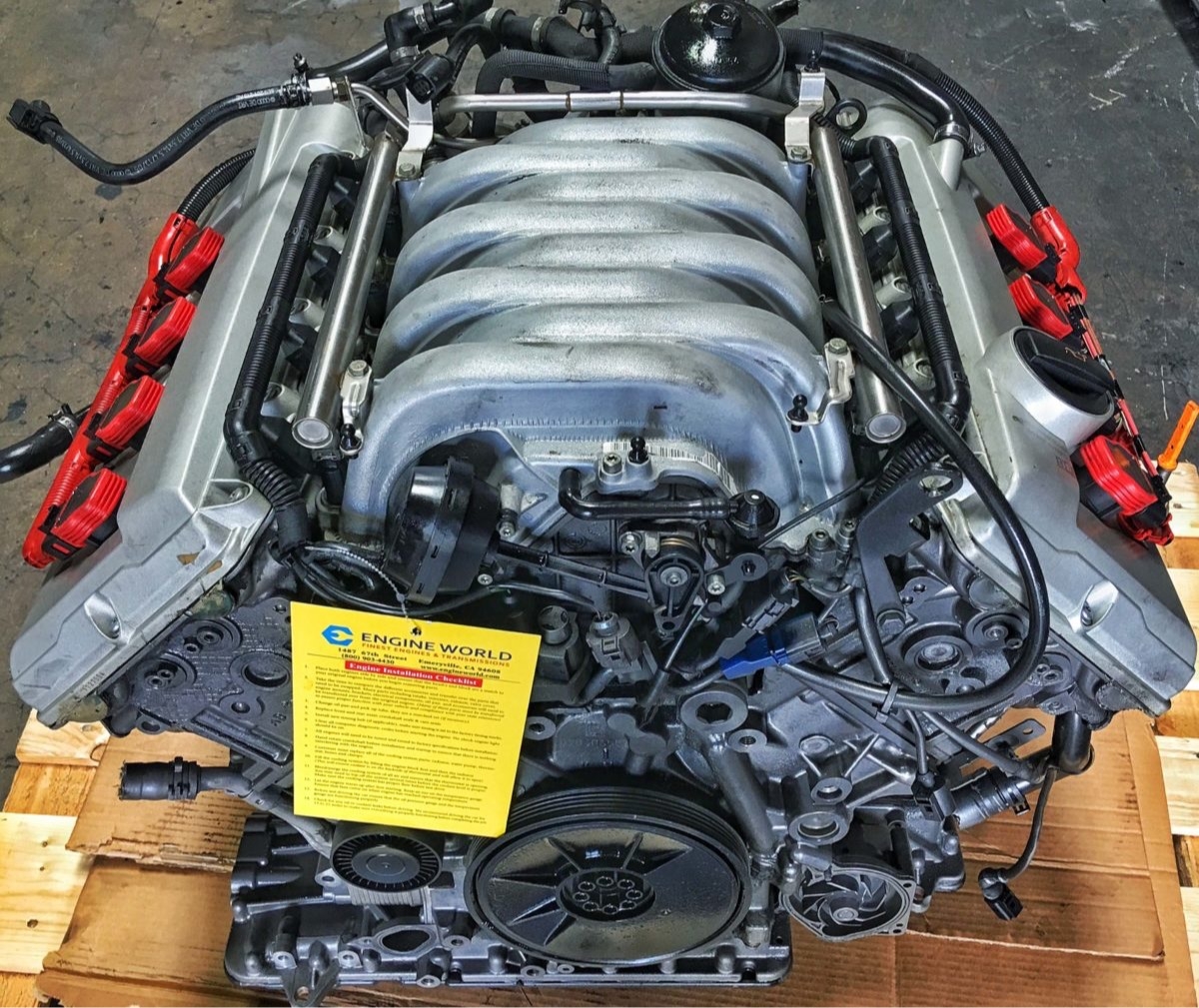Vital Considerations for Guaranteeing High Quality and Long Life in Utilized Engines
When considering the purchase of a made use of engine, guaranteeing its high quality and durability requires a multifaceted technique. Maintenance background is a pivotal factor, as it gives insight into the engine's previous care and potential future integrity. Efficiency testing is also crucial, providing a snapshot of the engine's functional effectiveness.
Engine History Evaluation
In the realm of used engines, a complete engine background analysis is extremely important to guaranteeing high quality and integrity. Comprehending an engine's past can offer important understandings into its performance capabilities and prospective future longevity. A thorough background testimonial encompasses numerous crucial facets that play a significant duty in evaluating an engine's condition. Upkeep documents are crucial. Regular maintenance, including oil changes, filter replacements, and set up tune-ups, suggest that the engine has been well-cared-for, lowering the likelihood of unanticipated failings.
Engines that have actually undertaken substantial fixings may have underlying issues that could resurface. Taking a look at the engine's gas mileage can offer as a sign of wear and tear. An engine made use of largely for long-distance freeway driving may be in far better condition than one subjected to constant stop-and-go city website traffic.
Basically, an extensive examination into an engine's background is essential for making enlightened acquiring choices. used engines for sale.
Comprehensive Assessment Guide
While recognizing an engine's history gives useful context, an extensive inspection is the following step to guarantee its present problem aligns with historical information. The evaluation needs to begin with an aesthetic assessment, looking for signs of leakages, rust, and uncommon wear. Inspect the exterior for oil discolorations or coolant marks, which may indicate underlying problems.
Next, evaluate the engine's installing system for any kind of loosened bolts or irregularities that can affect performance. Pay close focus to the problem of belts and hoses, as these elements are critical for ideal engine capability. Examine for fractures, fraying, or any type of indicators of deterioration.

Determining Damage
Identifying indications of wear and tear is essential for evaluating a made use of engine's durability and integrity. It includes a thorough assessment of numerous engine elements to identify their current state and possible future performance.
One more critical element is inspecting the engine's seals and gaskets. These elements are essential for preserving proper pressure and preventing liquid leakages. Evidence of oil leakages or worn gaskets usually suggests damage, possibly resulting in more extreme problems otherwise addressed immediately. Furthermore, abnormal sounds during engine procedure, such as knocking or ticking noises, may show internal damages or too much wear on relocating see this site components like pistons or bearings.
The condition of belts and hose pipes is similarly essential, as they play an essential duty in the engine's total feature. Cracked or frayed belts and brittle hose pipes are indications of maturing that might cause engine failing if overlooked. Examining the oil condition and filter can provide insights right into previous maintenance methods, as dirty oil or blocked filters suggest neglect and increased wear.
Efficiency Screening Fundamentals
Reviewing the damage of engine parts sets the phase for a comprehensive analysis via efficiency testing. Performance screening offers as a critical measure in identifying the operational integrity of a used engine. By mimicing real-world conditions, it analyzes the engine's ability to deliver power efficiently and dependably. Secret metrics include horsepower, torque, gas performance, and discharges degrees. This data supplies beneficial understandings into the engine's current efficiency and aids determine potential concerns that may not be promptly noticeable.
Making use of dynamometers is a common approach in efficiency testing. These tools measure the engine's outcome throughout various problems, offering an in-depth account of its functionality. Furthermore, on-road screening complements dynamometer analyses by observing engine behavior under normal driving circumstances, ensuring it meets the needed criteria for both safety and effectiveness.
These tools assess engine administration systems, identifying faults in digital parts that might influence efficiency. Comprehensive testing not just verifies the engine's operational condition yet likewise aids in projecting future maintenance requirements.
Upkeep and Treatment Tips
Correct upkeep and care are important to prolonging the life expectancy of an utilized engine and guaranteeing its constant performance. Regular oil changes are paramount; using the manufacturer's advised oil kind and grade can avoid excessive damage. In addition, oil filters need to go to these guys be changed simultaneously to preserve optimum lubrication and cleanliness within the engine.
Keeping an eye on liquid levels, consisting of coolant, transmission liquid, and brake fluid, is vital. Making sure these fluids go to suitable levels aids avoid overheating and various other mechanical problems. Inspecting belts and tubes for indications of wear, such as cracks or fraying, can avert possible failures that may cause costly repairs.
Regular inspection of the air filter is also needed, as a tidy filter makes sure reliable air movement and combustion, thereby enhancing engine performance. Stimulate plugs should be examined and replaced when needed to keep effective gas combustion and protect against engine misfires.
Finally, normal diagnostic checks utilizing specialist tools can determine possible issues prior to they become considerable click this problems. By adhering to these upkeep and treatment pointers, utilized engine owners can ensure their engines stay reputable, reliable, and capable of carrying out more than an extensive duration.
Conclusion

 Mr. T Then & Now!
Mr. T Then & Now! Hallie Eisenberg Then & Now!
Hallie Eisenberg Then & Now! Meadow Walker Then & Now!
Meadow Walker Then & Now! Teri Hatcher Then & Now!
Teri Hatcher Then & Now! Peter Billingsley Then & Now!
Peter Billingsley Then & Now!